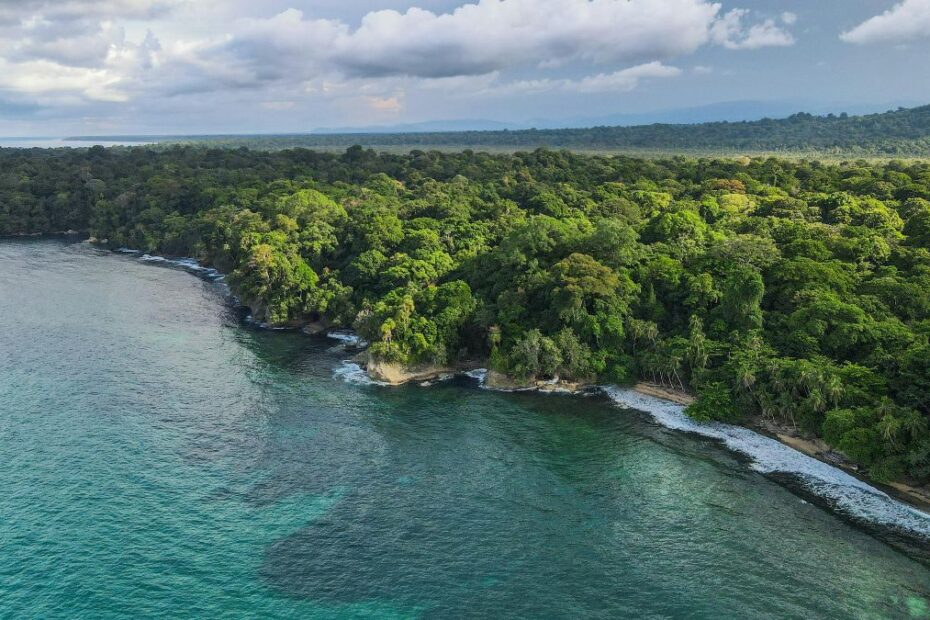Costa Rica recorded the highest daily tourist spending in Central America in 2024, according to recent reports. The findings highlight Costa Rica’s strong tourism economy—driven by both high-value experiences and its status as the region’s most expensive destination.
Costa Rica continues to lead Central America in average daily tourist spending. A recent Mastercard Advisors report, drawing on data from the Costa Rican Tourism Institute (ICT) and the Central Bank of Costa Rica (BCCR), shows that total tourism revenue in 2024 reached $5.4 billion, with visitors spending an average of $2,062 per trip. Based on a typical stay of seven to ten days, that amounts to between $206 and $295 per day—well ahead of regional averages.
These figures highlight Costa Rica’s dual reality as both a premium and costly destination. While the country has built its reputation around sustainable, high-quality travel experiences, that focus comes with a price tag. The cost of accommodation, transportation, dining, and tours in Costa Rica are by far the highest than anywhere else in the region, contributing as much to the high daily average as visitor demand for eco-lodges and wellness retreats.
Regional Comparisons
The difference in daily spending between Costa Rica and its neighbors remains striking. In 2024, Nicaragua reported an average daily spend of $43.90 per visitor, while Guatemala averaged $63, Honduras ranged between $64 and $78, El Salvador stood at $61, and Panama came in at $71, with total trip costs typically between $700 and $2,000. Belize was the only country where visitors typically spent over three figures per day, at between $100 and $160 per person. These numbers show how much more expensive Costa Rica is than elsewhere in Central America, even as its tourism model continues to attract higher-income travelers. For many visitors, that premium is part of the appeal—reliable infrastructure, safety, and service standards justify the cost—but it also makes Costa Rica less accessible to budget travelers compared to its neighbors.
The Role of Digital Payments
Digital payments play a growing role in supporting tourism spending. Around 75% of all tourism transactions in Costa Rica are now made using credit or debit cards, according to Mastercard. This allows for easier, more secure spending and reflects a tourism economy that’s deeply integrated with global payment systems.
“Costa Rica’s tourism sector benefits from innovative payment solutions,” said Kattia Montero, Mastercard’s Country Manager for Costa Rica and Nicaragua. “We’re committed to enhancing the visitor experience through advanced financial infrastructure.” Across Latin America, credit cards dominate more than half of e-commerce transactions, with digital wallets gaining ground, further boosting consumer confidence and spending capacity.
The U.S. Market and Beyond
The United States remains Costa Rica’s largest source of tourism revenue, accounting for 56% of total income in 2024. Strong air connectivity and consistent marketing continue to drive this trend. Most visitors travel for leisure (73%), followed by business and events (8%) and visits to family and friends (8%).
Costa Rica’s tourism sector reflects a balance between value and cost. Its emphasis on sustainability and quality experiences sets it apart, but its rising prices have also redefined who can afford to visit. As other Central American countries work to expand and diversify their tourism offerings, Costa Rica remains the region’s benchmark for revenue per traveler—and its most expensive destination by far.



